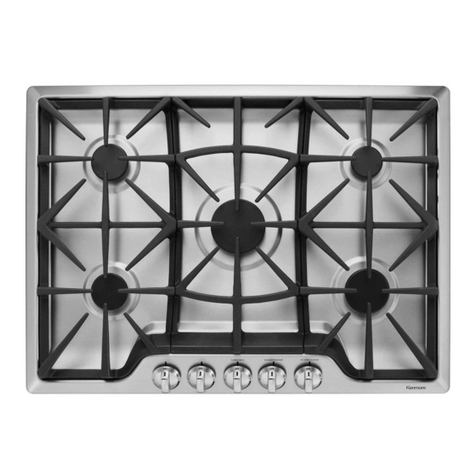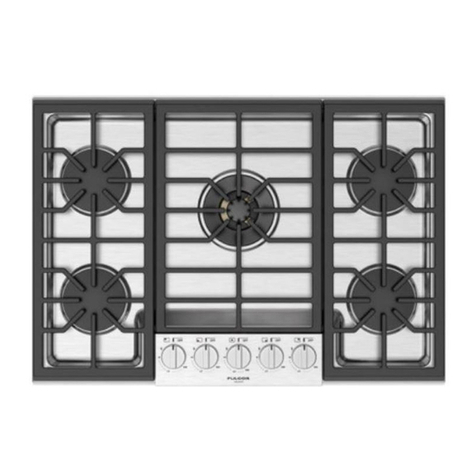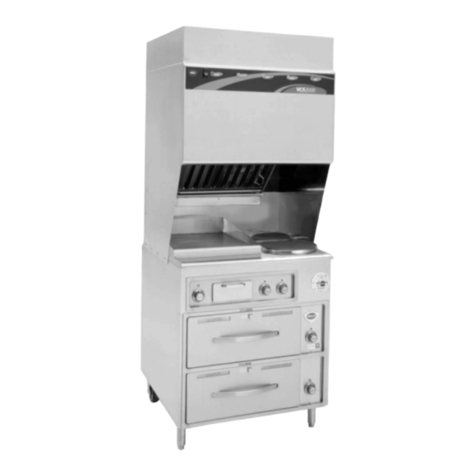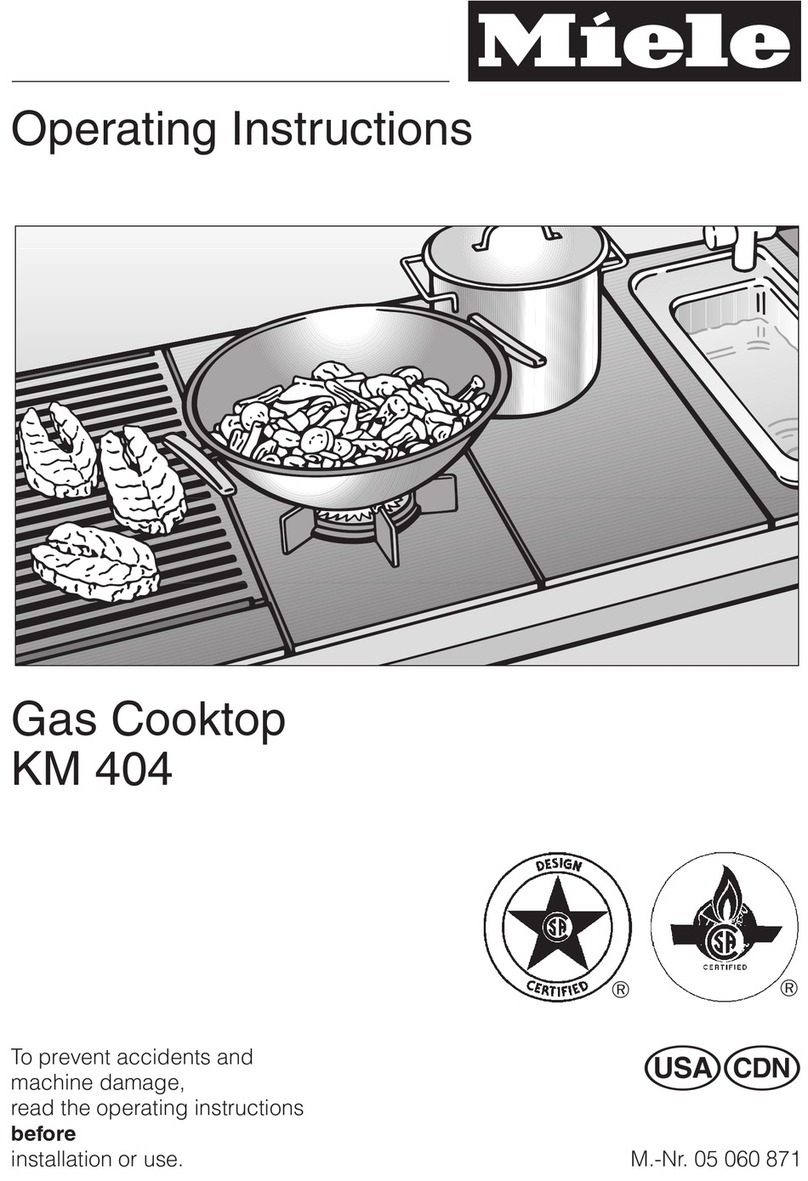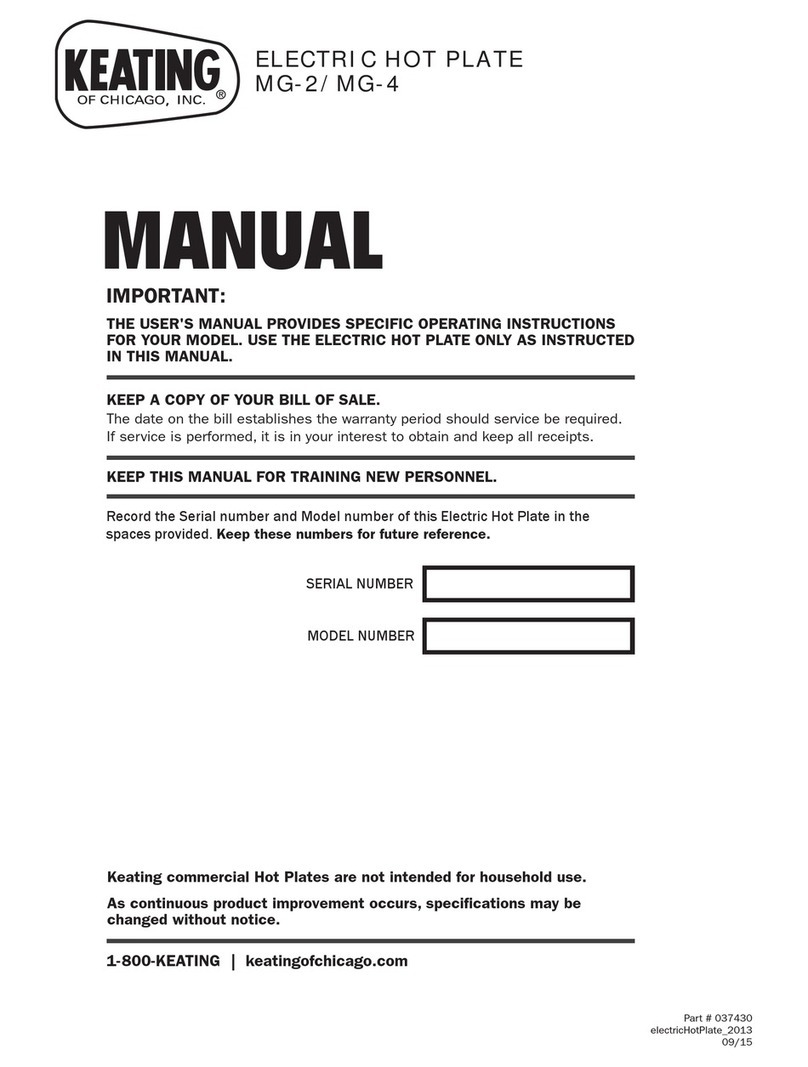Kenmore Sears 42825 Installation instructions
Other Kenmore Cooktop manuals
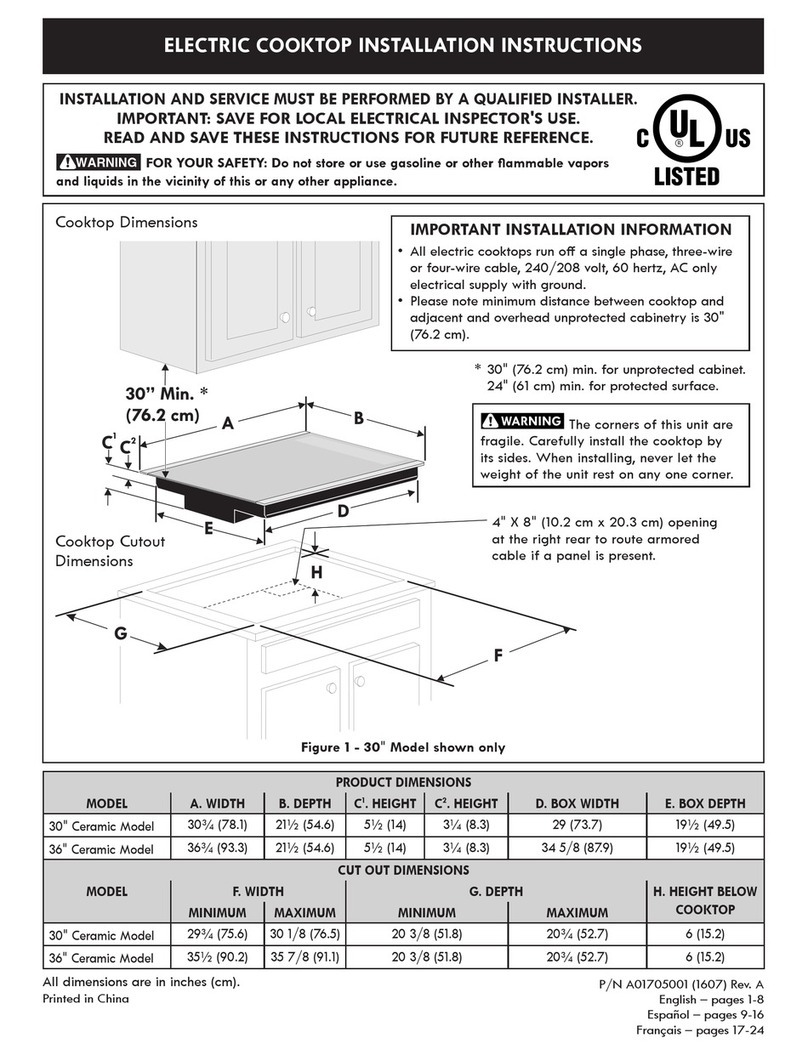
Kenmore
Kenmore 79045313412 User manual

Kenmore
Kenmore 95649 Use Installation instructions
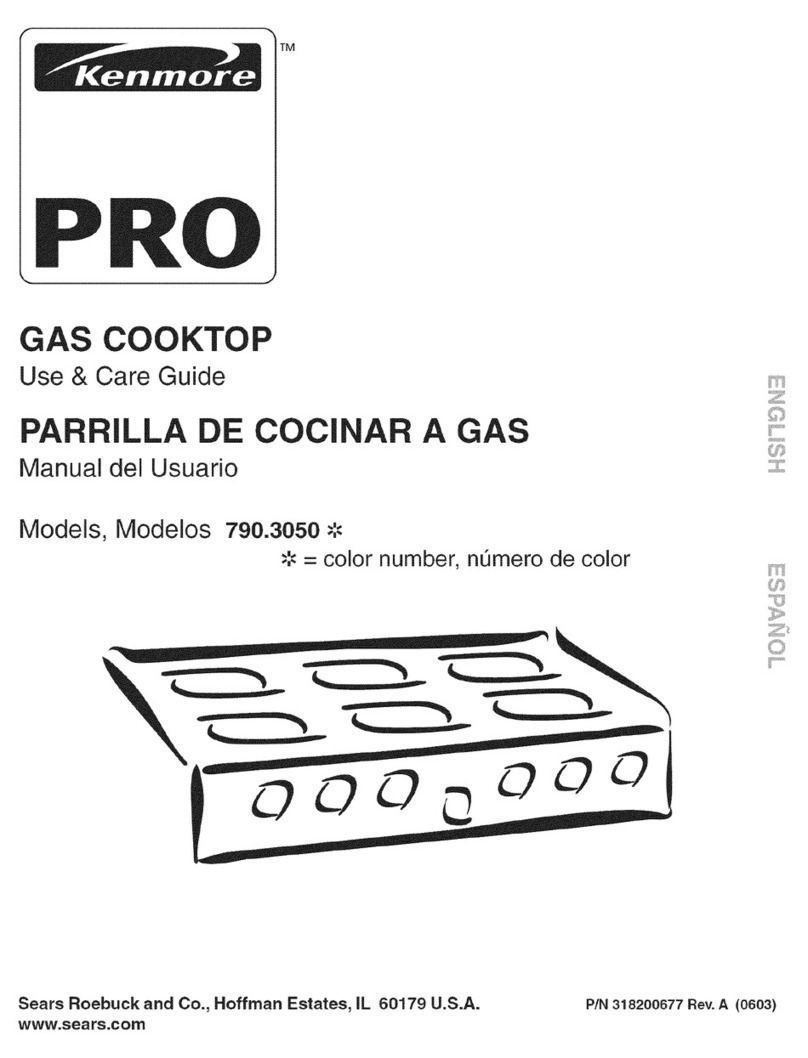
Kenmore
Kenmore 3050 - Pro 36 in. Gas Slide-In Cooktop User manual
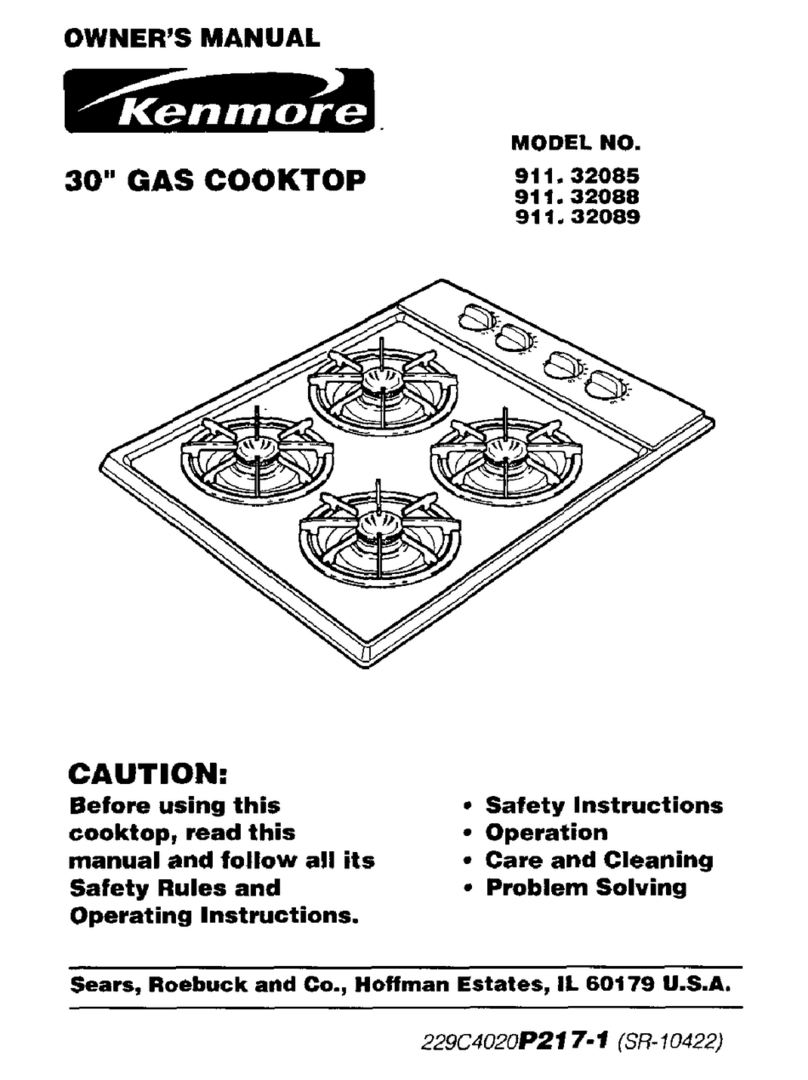
Kenmore
Kenmore 911.32085 User manual
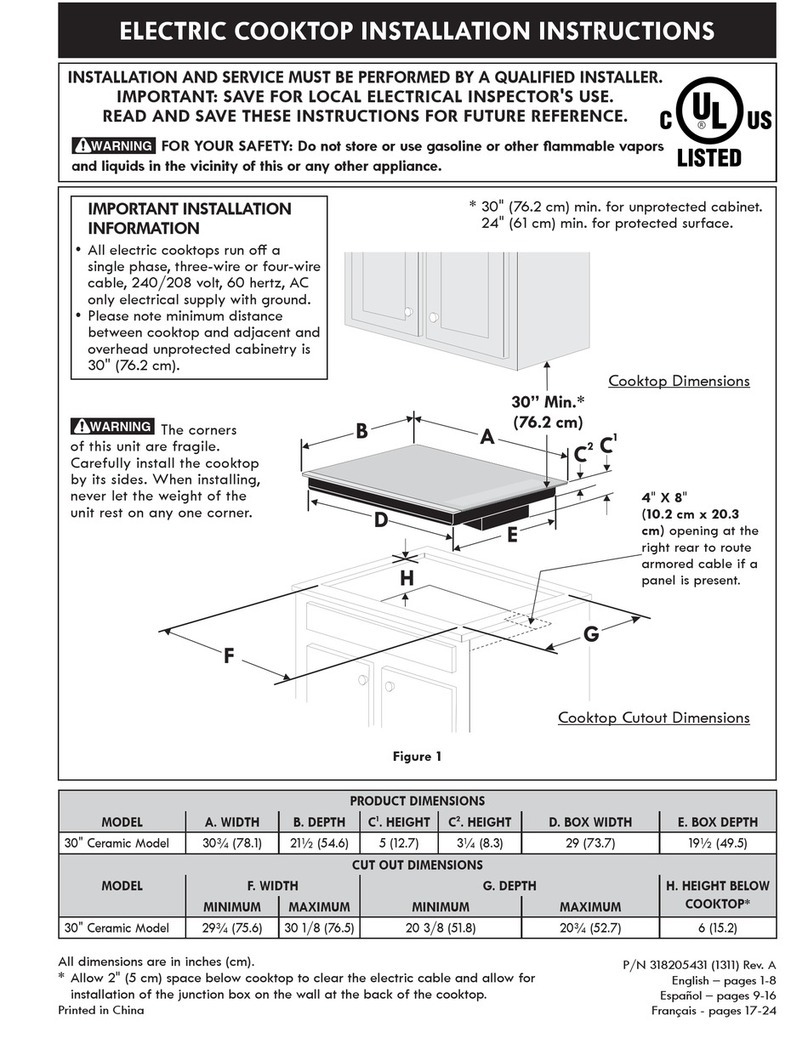
Kenmore
Kenmore 318205431A User manual
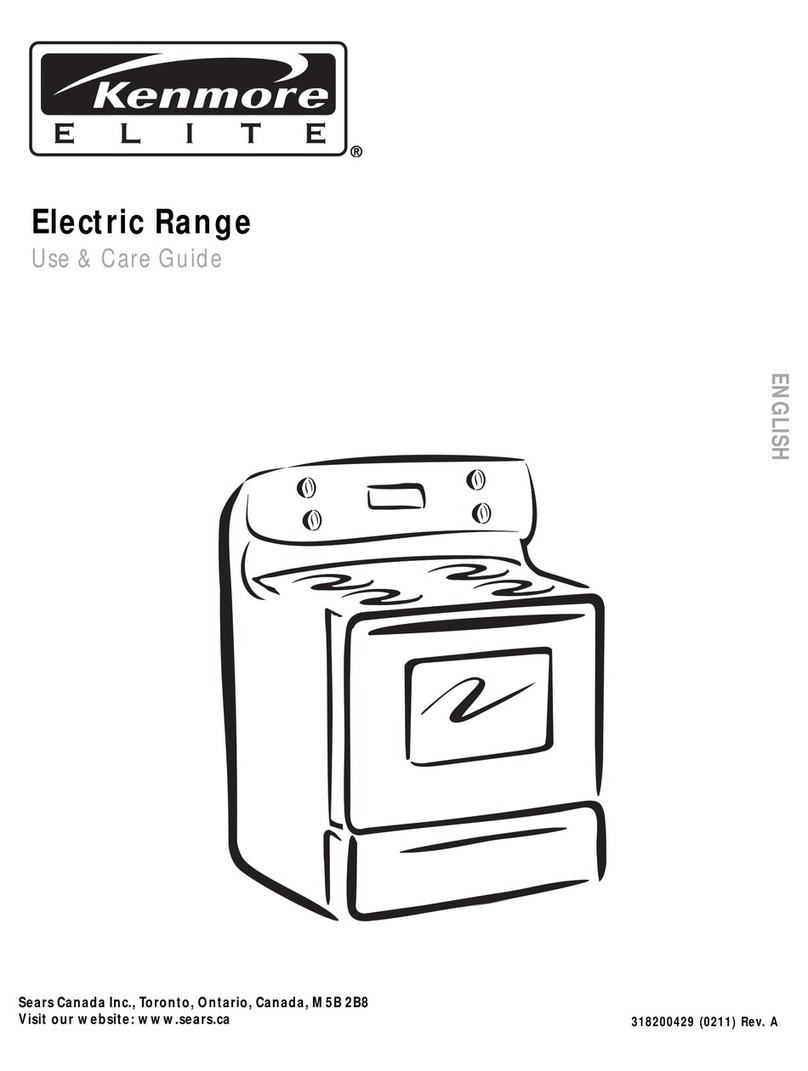
Kenmore
Kenmore C970 Series User manual

Kenmore
Kenmore 79075722991 User manual
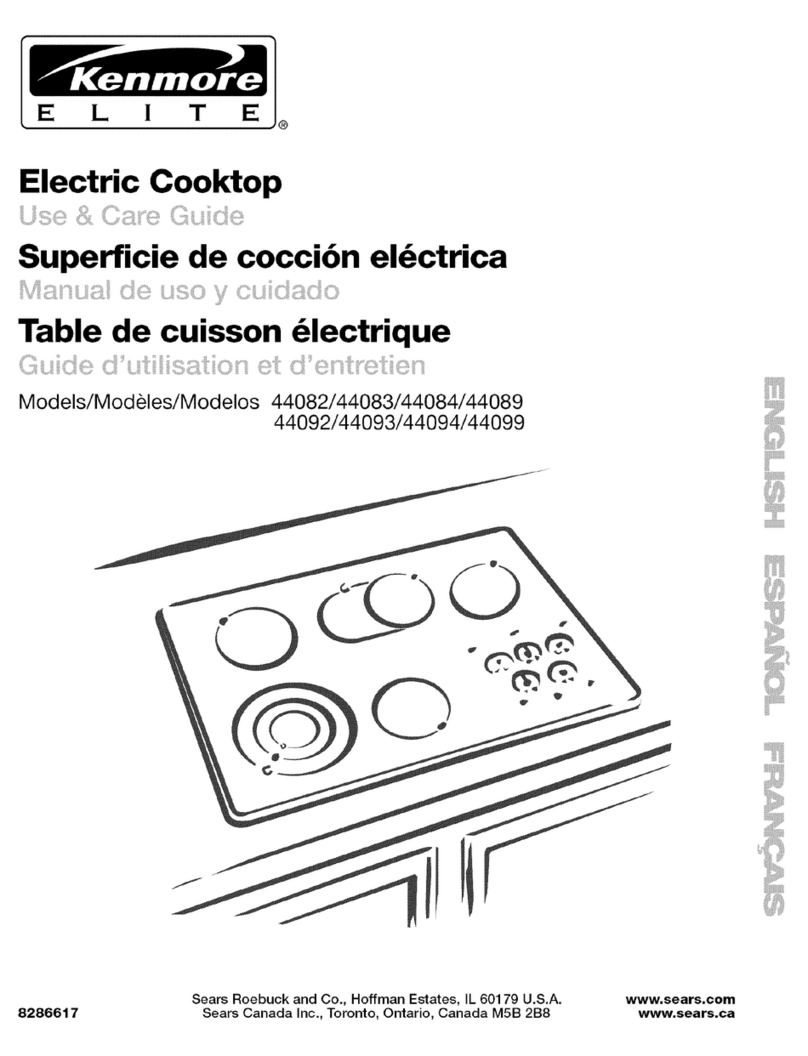
Kenmore
Kenmore ELITE 44082 User manual
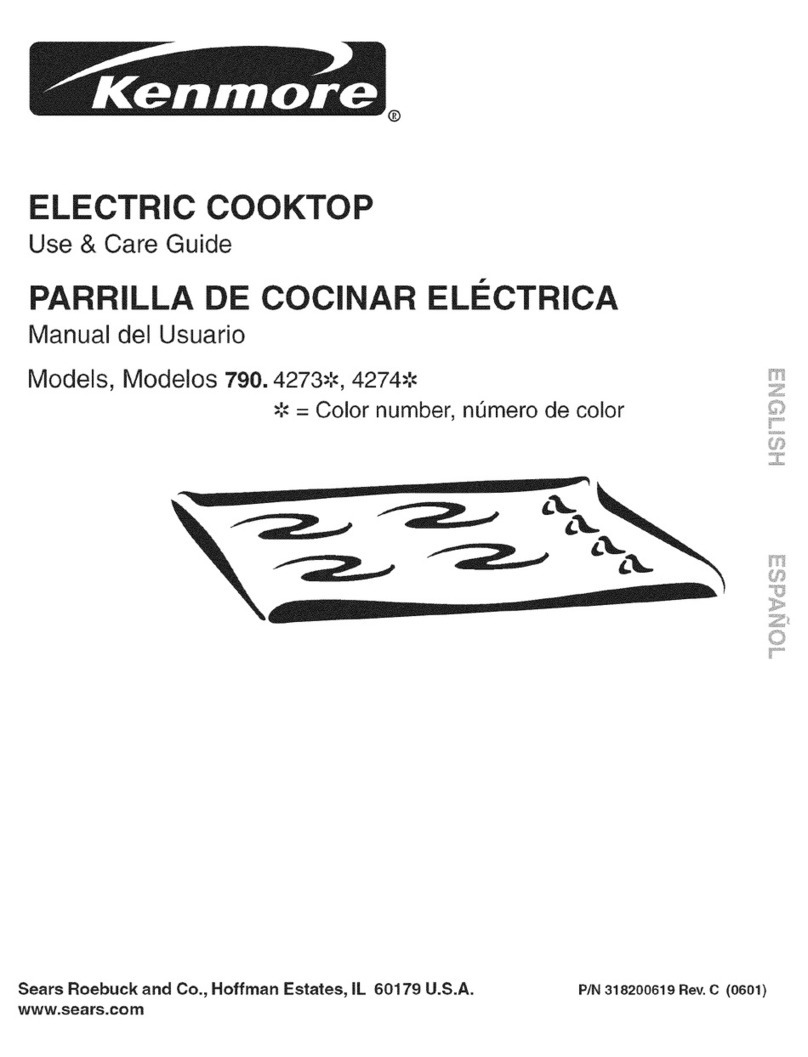
Kenmore
Kenmore 318200619 User manual
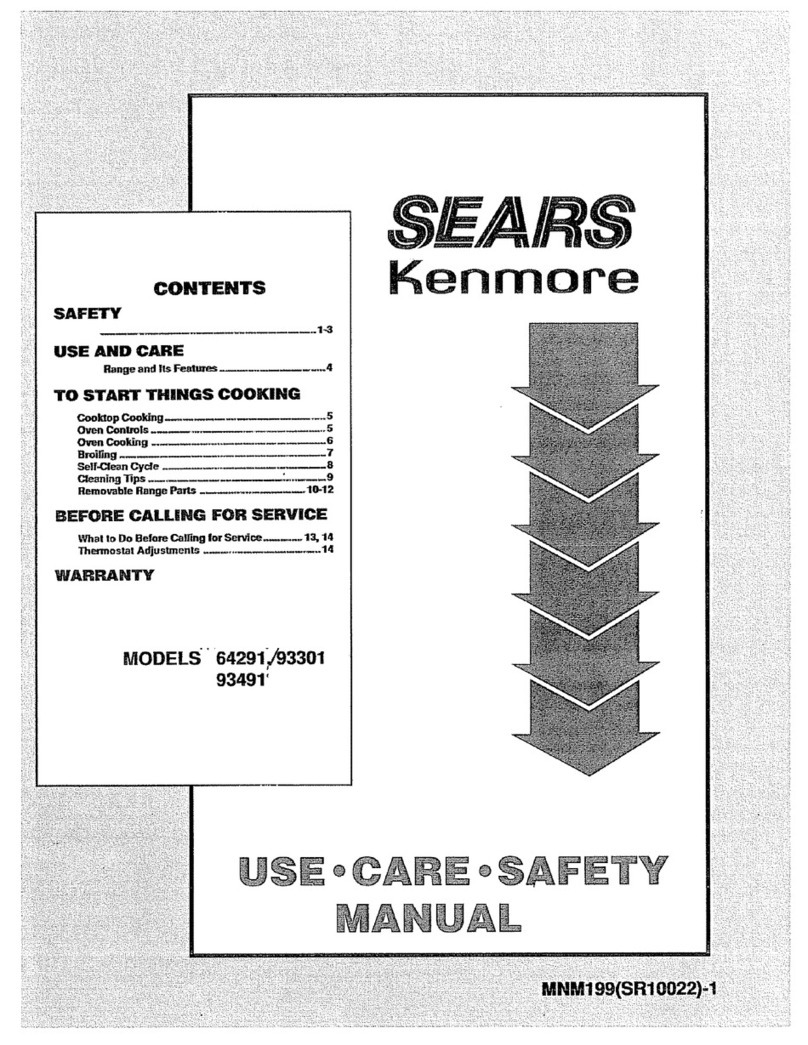
Kenmore
Kenmore 642911 Use Installation instructions

Kenmore
Kenmore 4121 - 36 in. Electric Cooktop User manual

Kenmore
Kenmore ELITE 911.44022 User manual
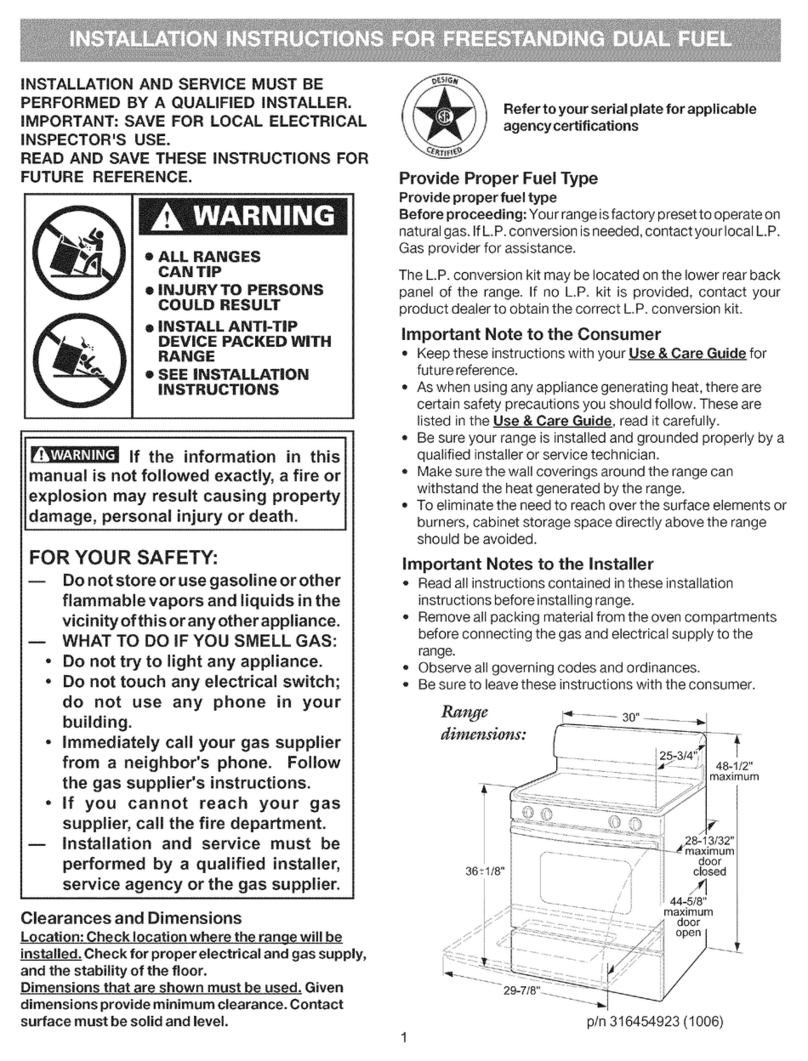
Kenmore
Kenmore 79078509013 User manual

Kenmore
Kenmore 790. 4272 User manual

Kenmore
Kenmore 79095262991 User manual
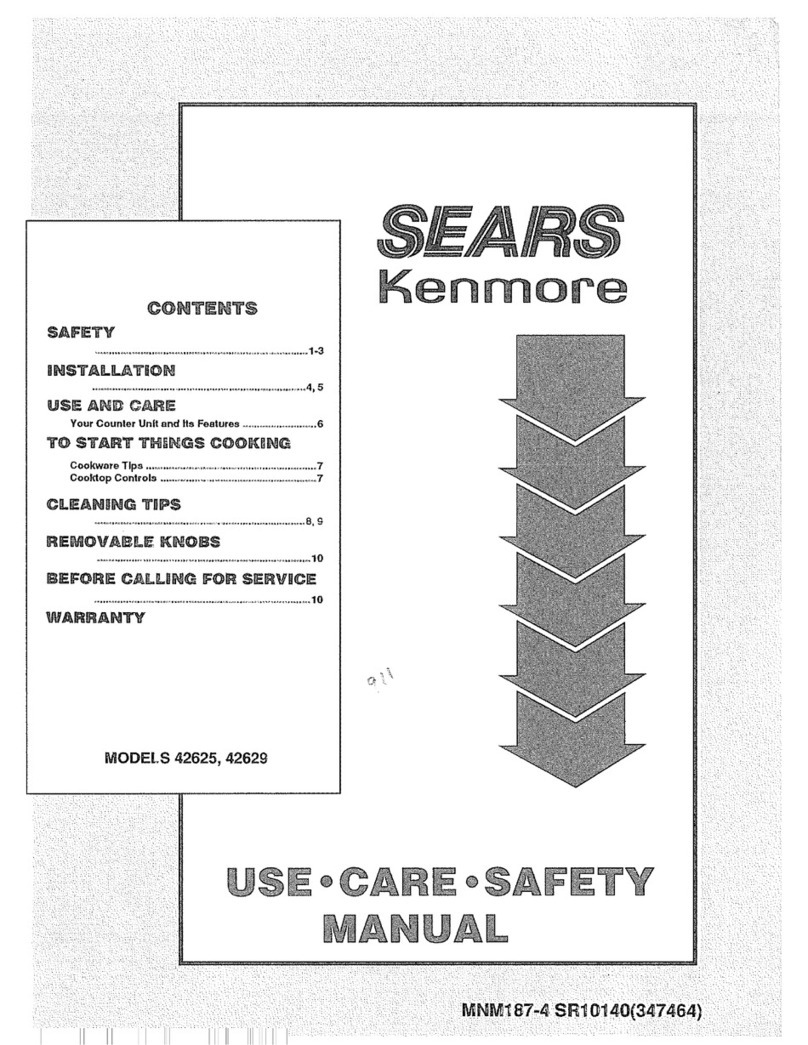
Kenmore
Kenmore 9114262590 Use Installation instructions
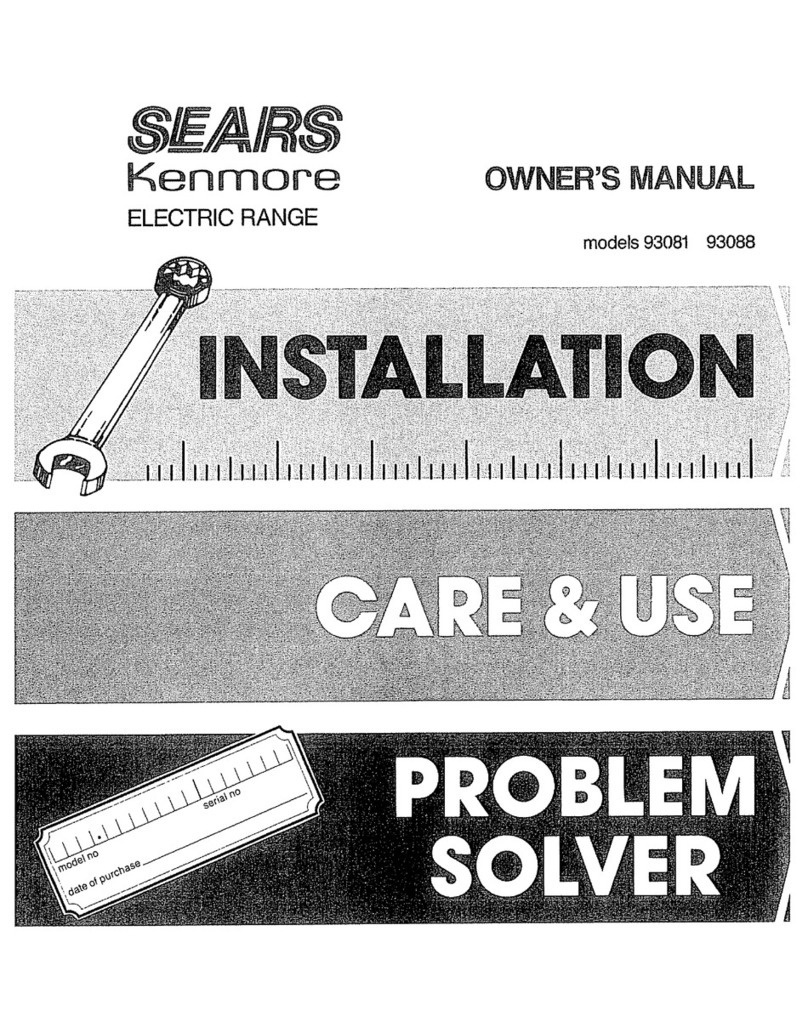
Kenmore
Kenmore Sears 93081 User manual

Kenmore
Kenmore 30" Ceramic User manual
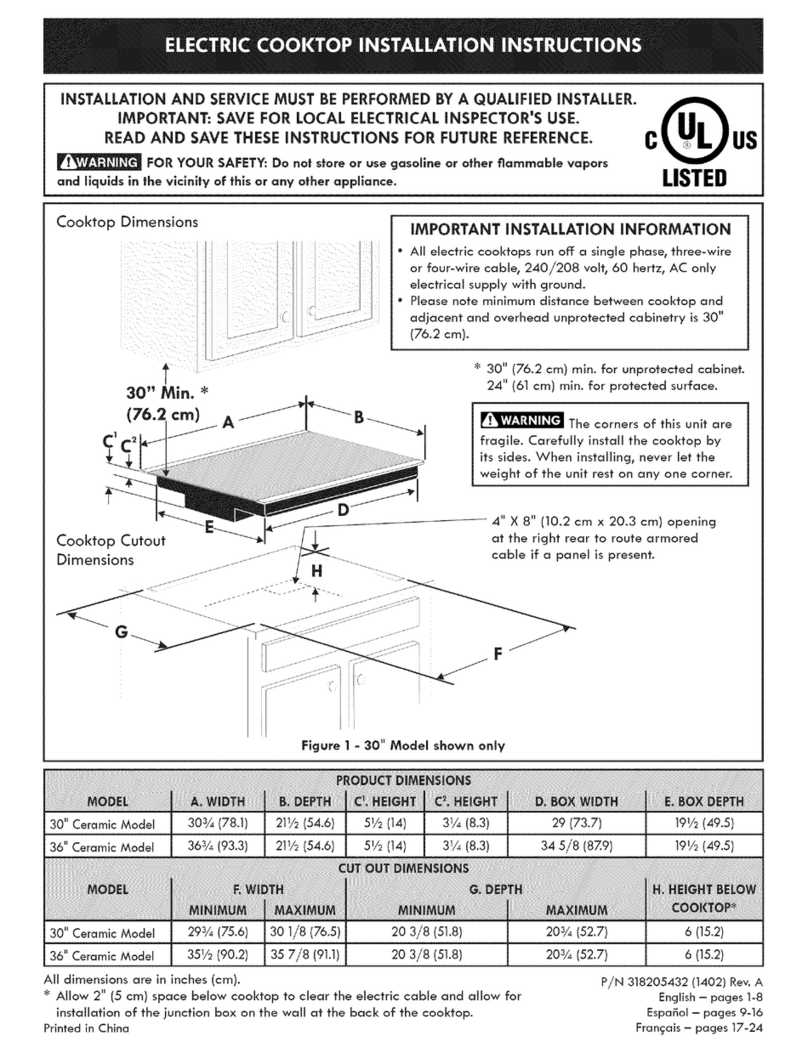
Kenmore
Kenmore 79045319410 User manual
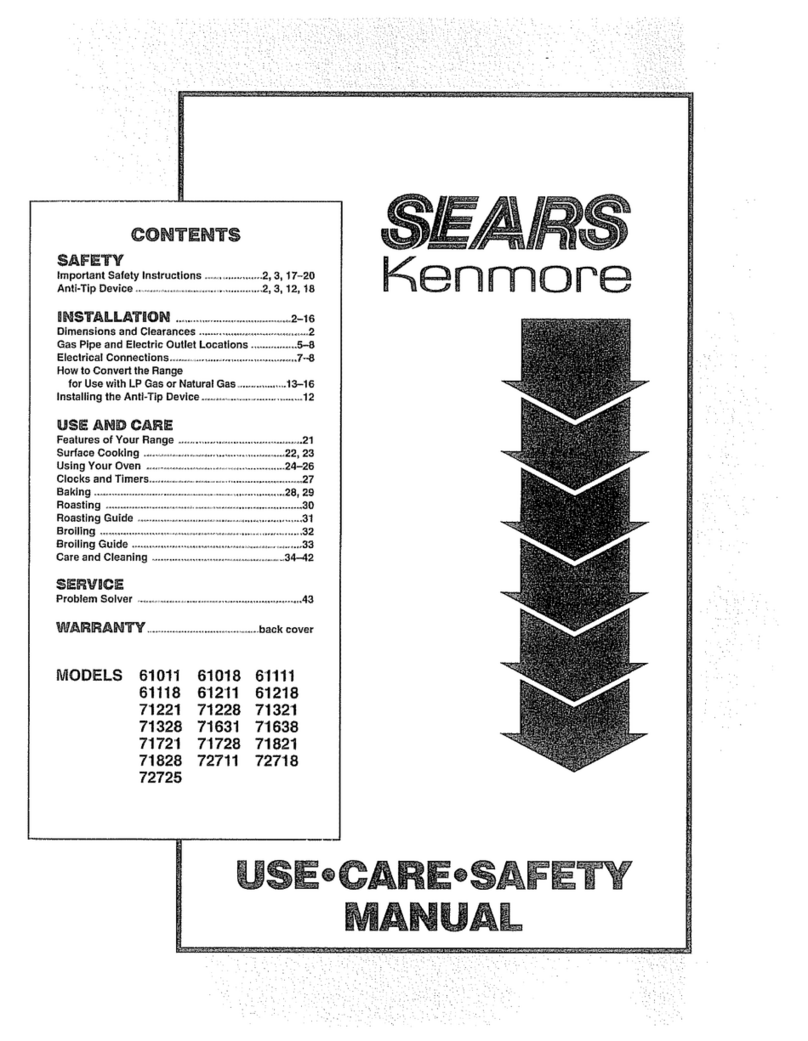
Kenmore
Kenmore 61011 Use Installation instructions
Popular Cooktop manuals by other brands
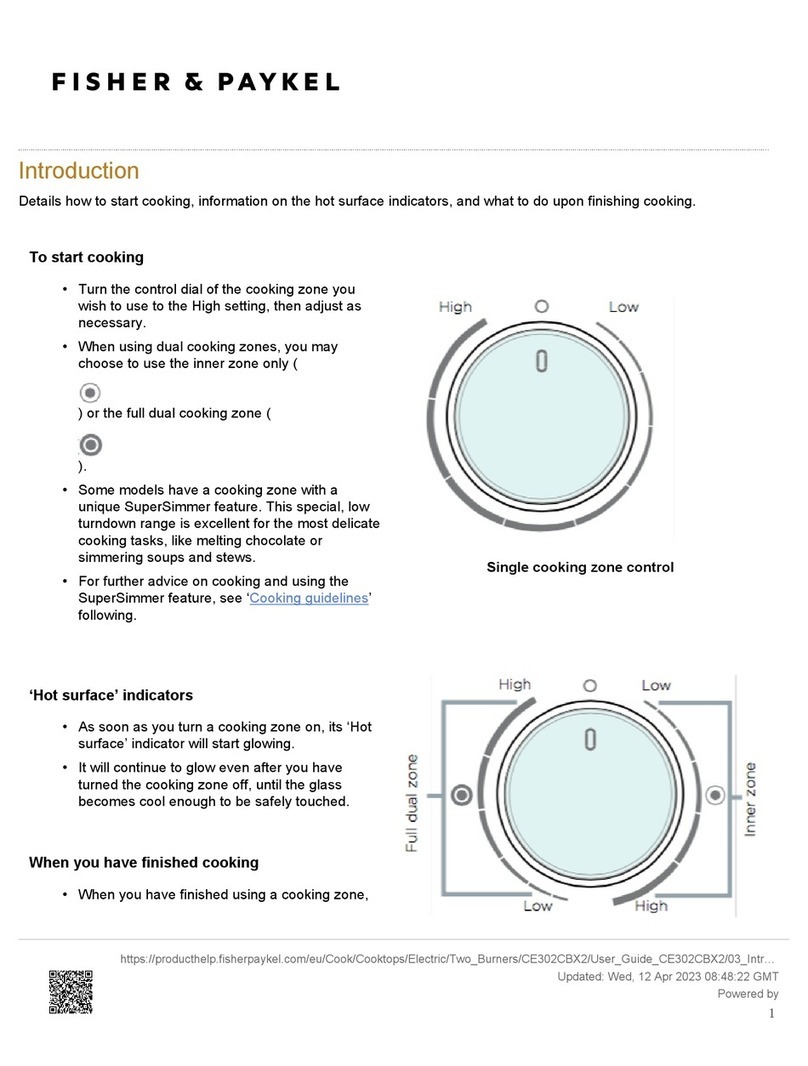
Fisher & Paykel
Fisher & Paykel CE302CBX2 manual

Whirlpool
Whirlpool GJC3634RB00 parts list
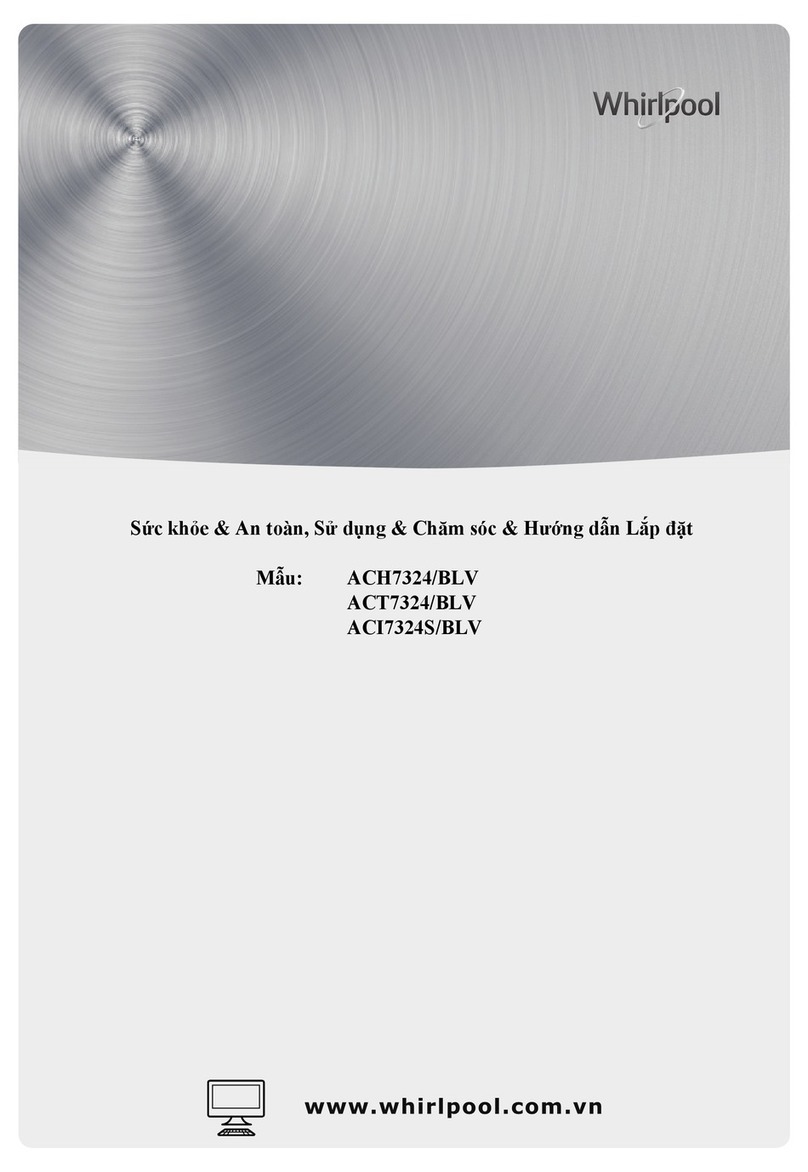
Whirlpool
Whirlpool ACH7324/BLV Use, care and installation guide
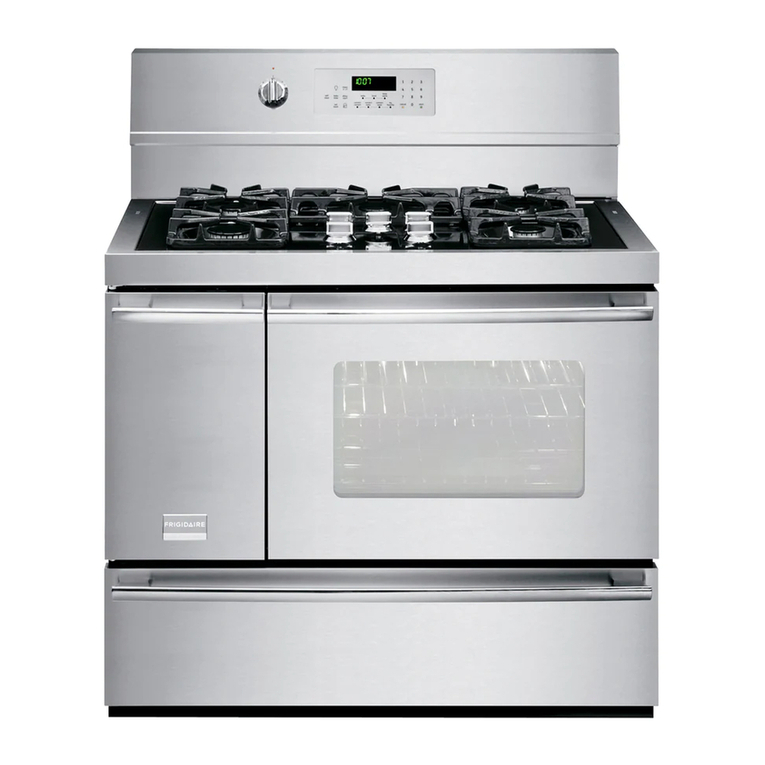
Frigidaire
Frigidaire Professional FPDF4085KF Important safety instructions
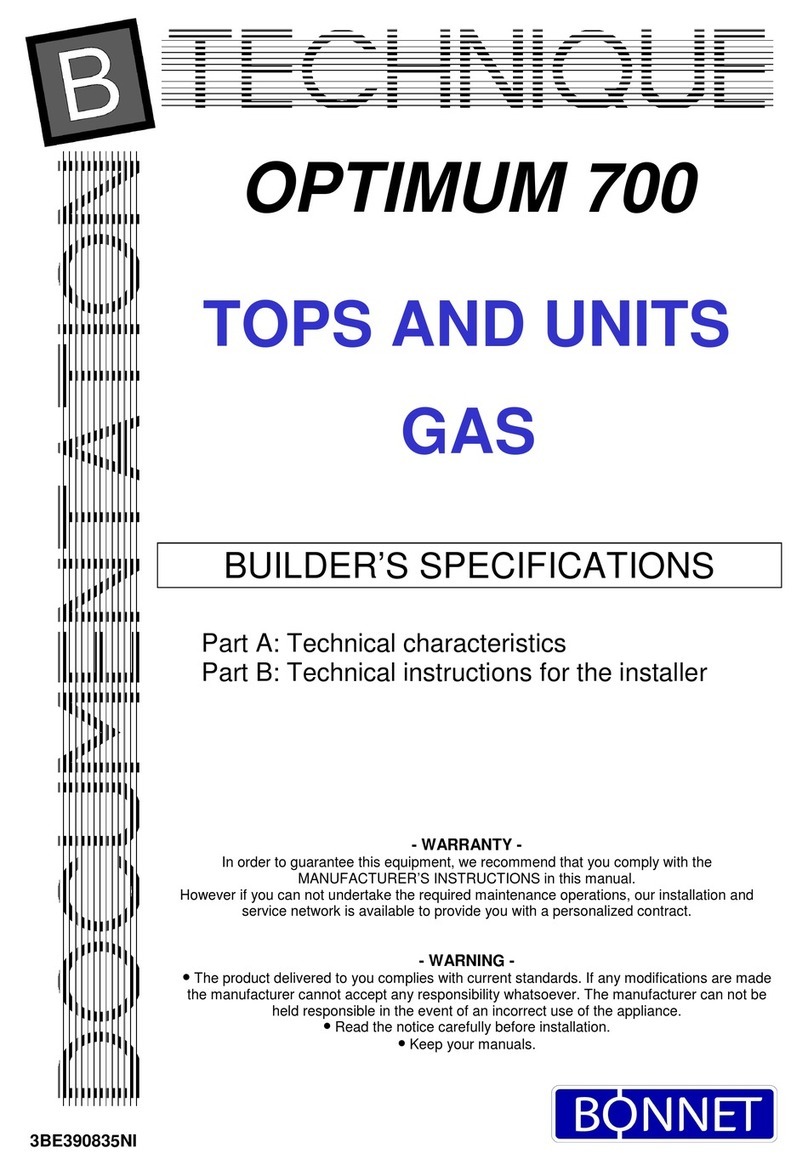
Bonnet
Bonnet OPTIMUM 700 Technical instructions
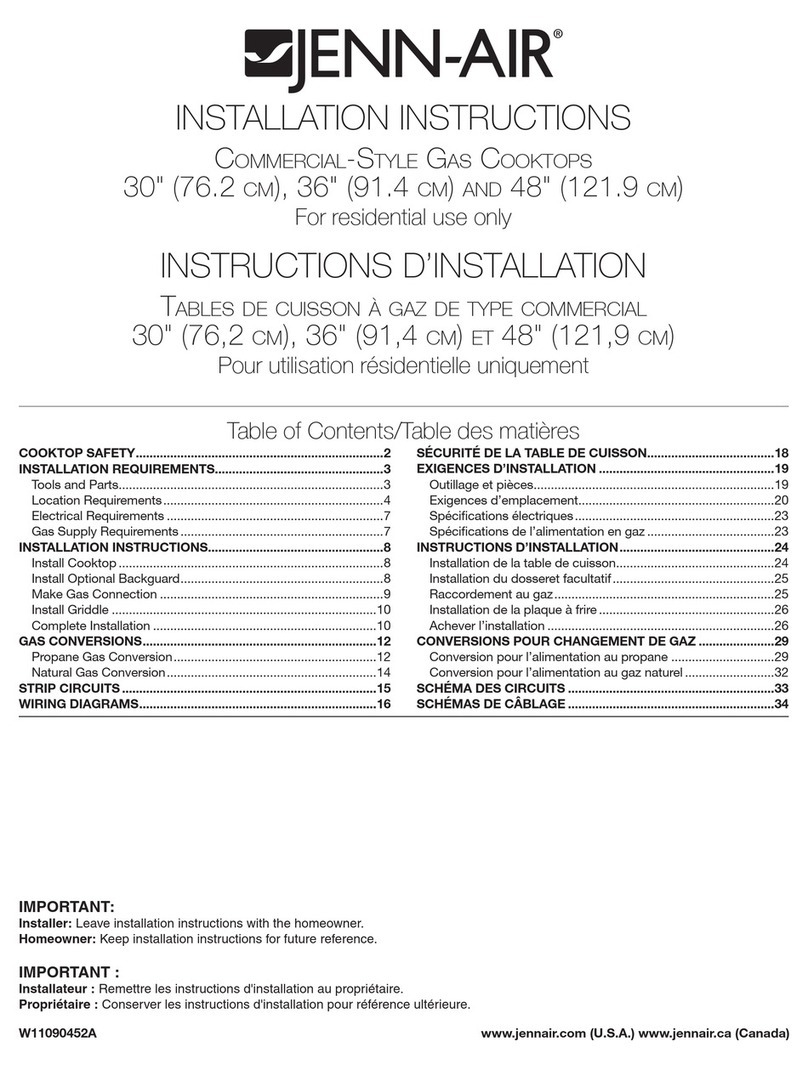
Jenn-Air
Jenn-Air JGCP430 installation instructions
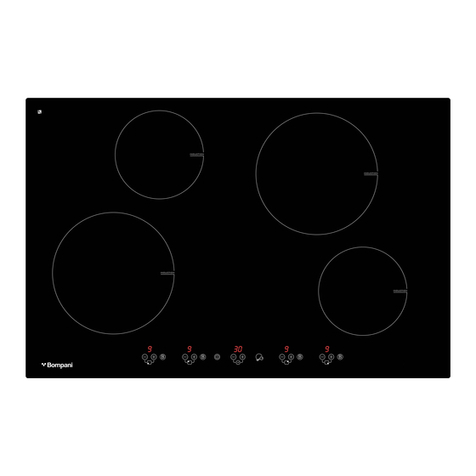
Bompani
Bompani BO374AA/E User instructions

Kleenmaid
Kleenmaid cooking GCTK9011 Instructions for use and warranty details
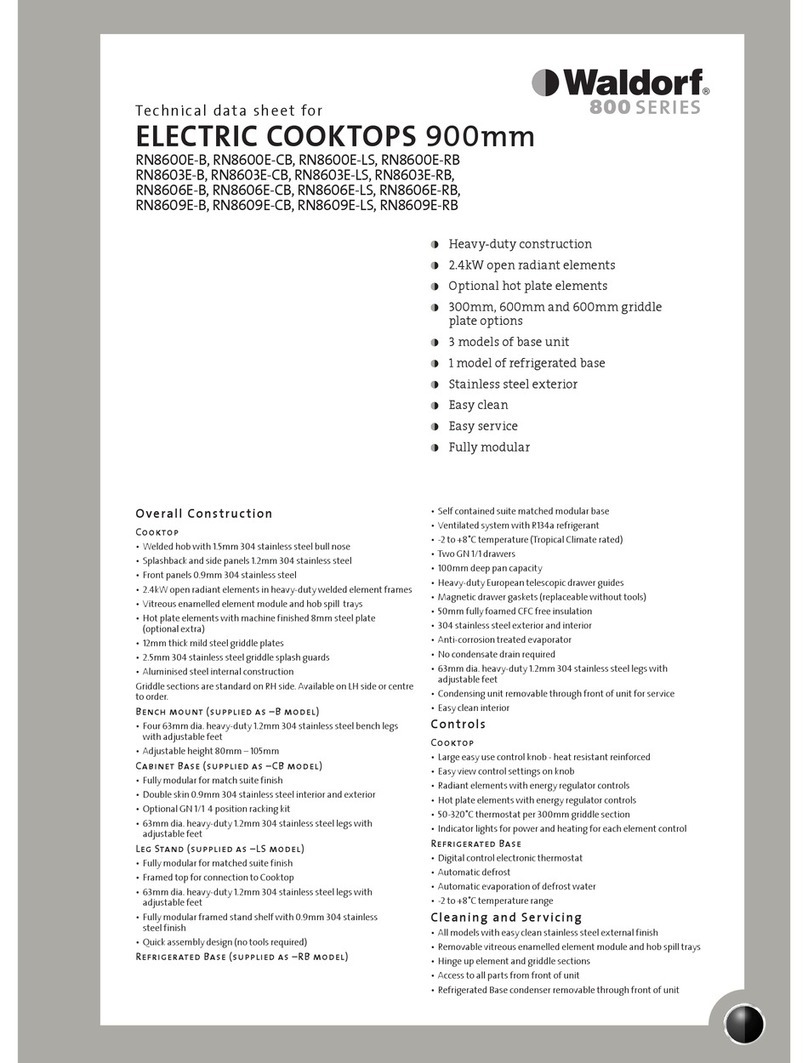
Waldorf
Waldorf RN8603E-B Technical data sheet
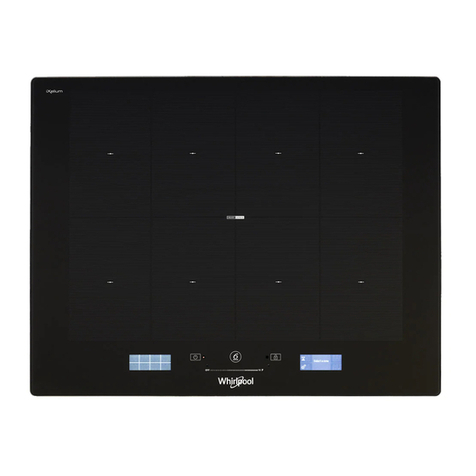
Whirlpool
Whirlpool SMP658CNEIXL quick guide
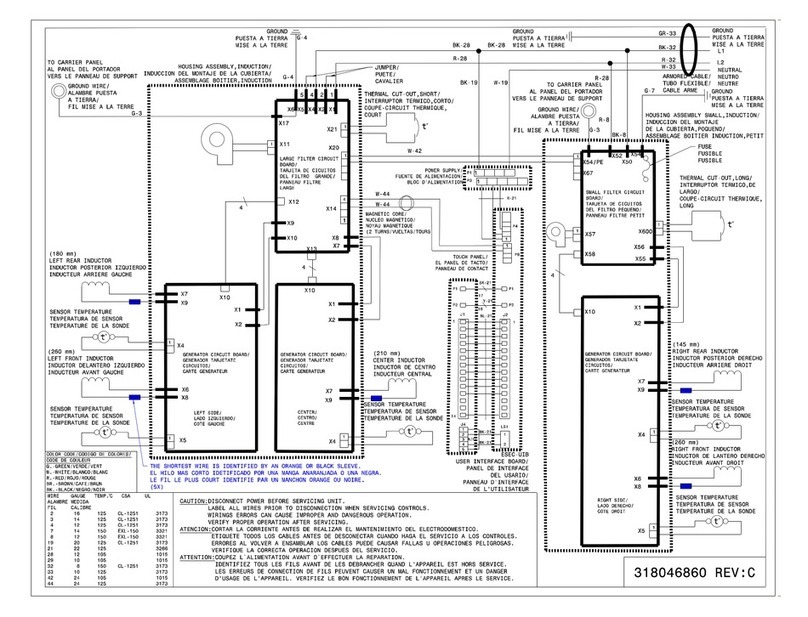
Electrolux
Electrolux E36IC80ISS - 36" Induction Cooktop Wiring diagram

Wolf
Wolf CI243C/B Use and care guide

